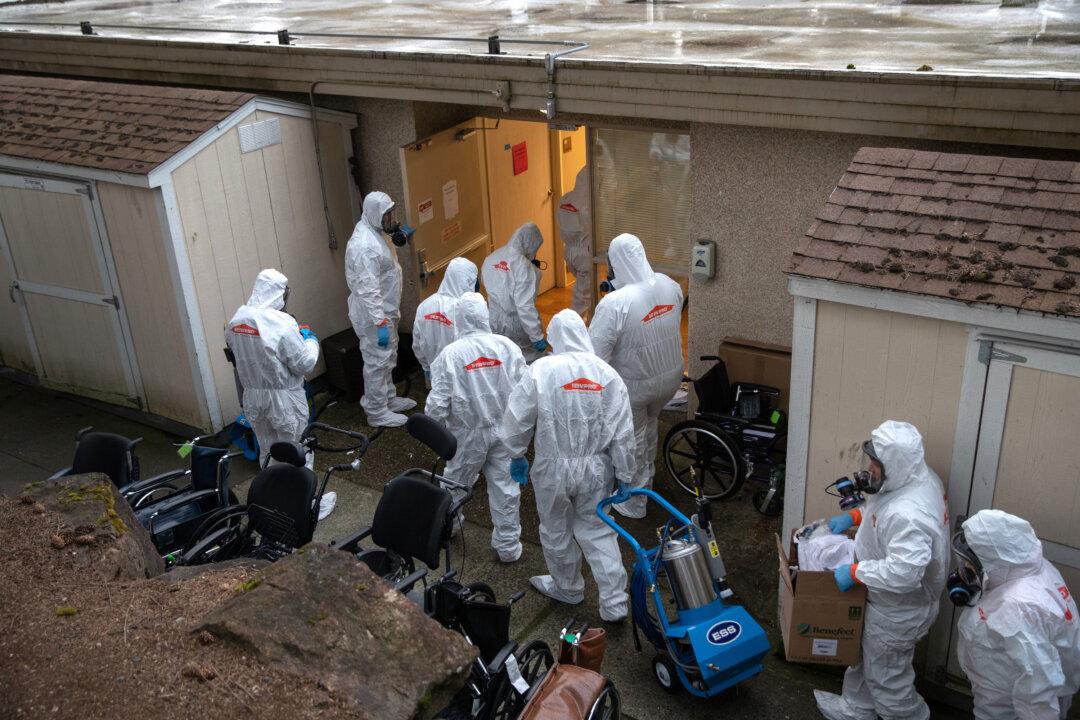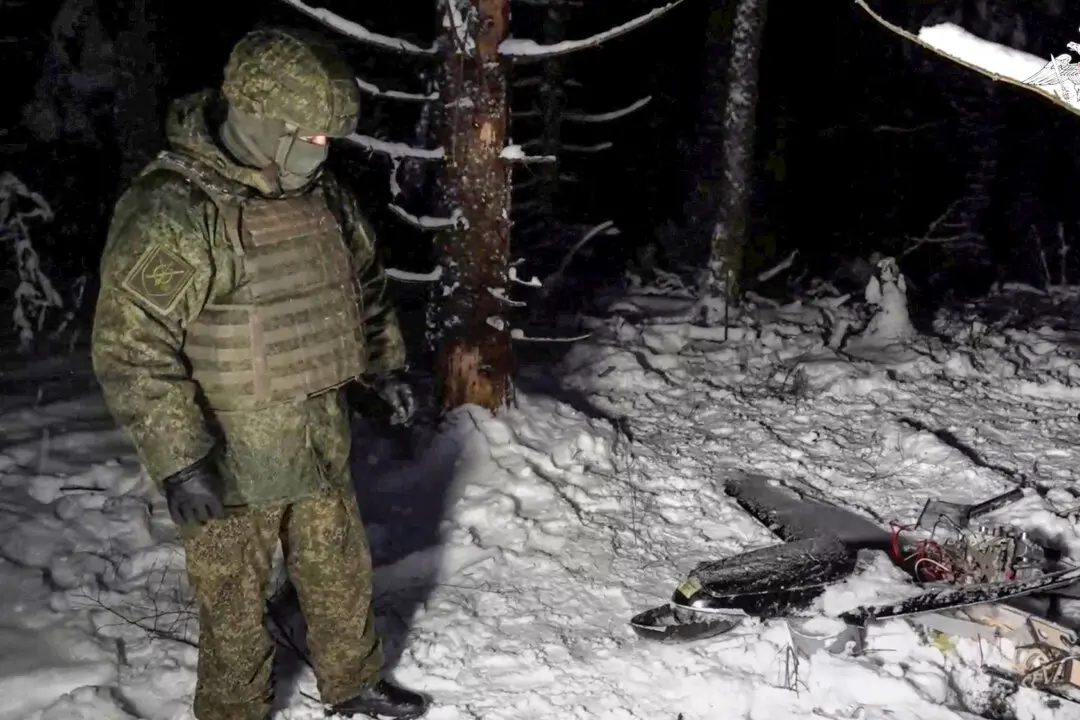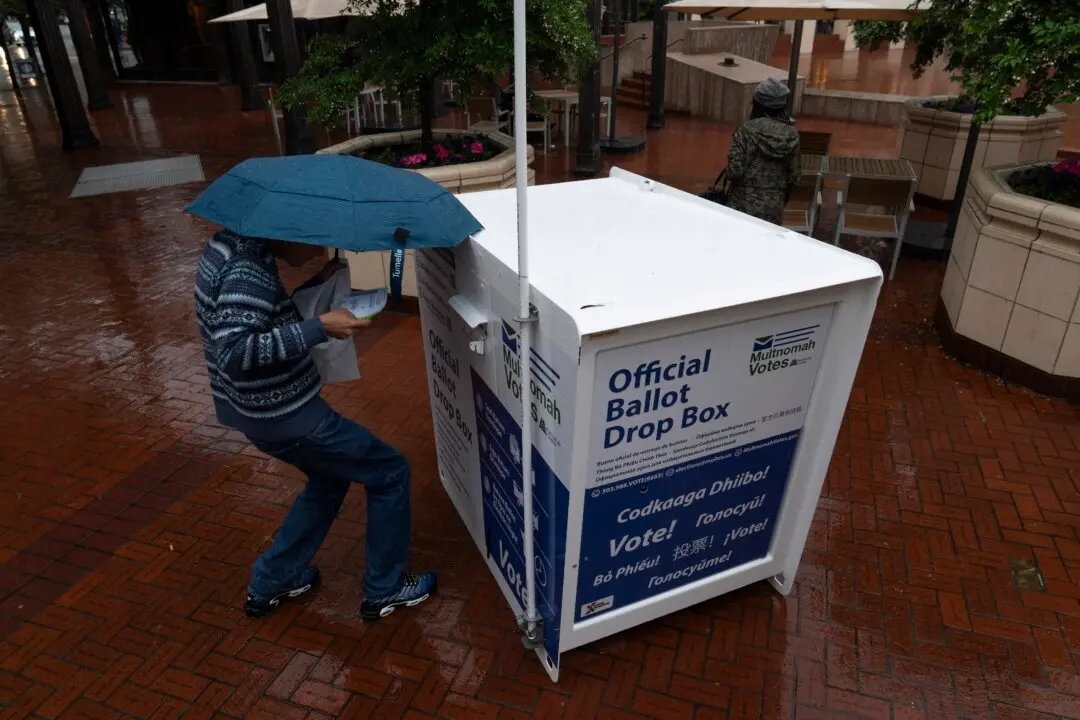Staff working while sick, along with gaps in infection control and prevention, helped fan America’s deadliest COVID-19 cluster, according to a March 18 report by the Centers for Disease Control (CDC).
Dozens of COVID-19 deaths have been linked to Life Care Center in Kirkland, Washington. An epidemiologic investigation cited by CDC found 129 cases of COVID-19 associated with the facility, including 81 of the residents, 34 staff members, and 14 visitors. A total of 23 persons have since died.





